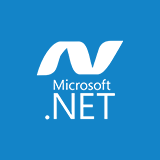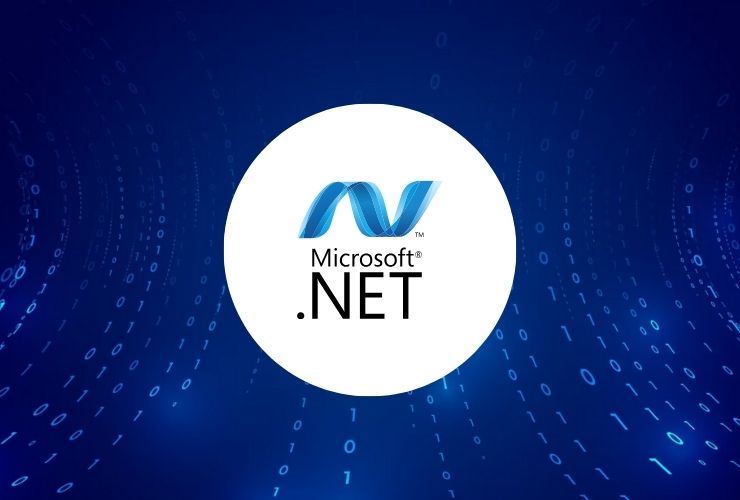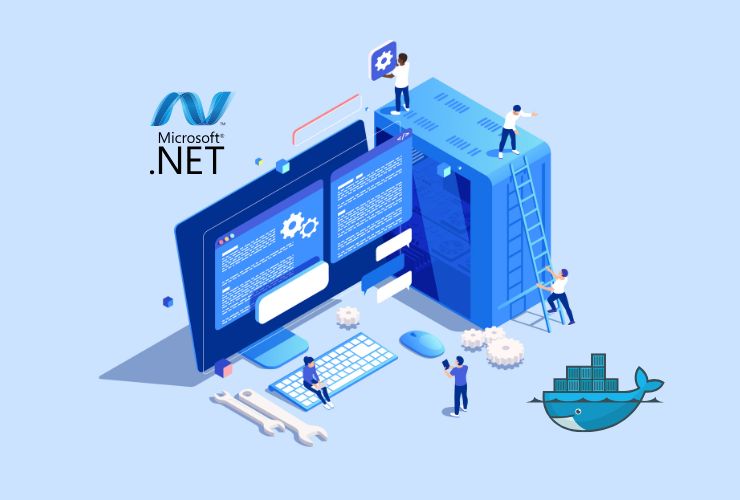Exploring Cloud-Native .NET Development Practices
Cloud-native development is shaping how modern applications are built and deployed. With the new shift in cloud computing, firms require scalable, flexible, and resilient solutions. Developers have a great opportunity to capitalise on this shift through the use of.NET, as we will discuss in more detail in this blog related to cloud-native.NET development practices. We also take this opportunity to look at how developers can construct and deploy robust.NET applications in the cloud, working with technologies such as containers, microservices, and serverless computing.
What is Cloud-Native Development?
Cloud-native development is the process of developing applications designed for cloud environments. Applications developed in this manner are optimized to scale, be highly available, and fault-tolerant. Technologies such as microservices, containers, orchestration tools like Kubernetes, and serverless computing form the backbone of achieving these objectives.
With cloud-natured practices, developers are offered the capability of building complete applications which make complete utilization of other cloud platforms such as the Microsoft Azure, AWS, Google Cloud, among others; the application being very rugged, flexible, and has scalability characteristics. For many businesses seeking to match its customers’ demands as their business changes every moment.
Cloud-Native.NET Application Development Advantages
- Scalability: Cloud-native applications scale automatically based on demand. Using cloud platforms and containerization technologies like Docker,.NET applications can handle traffic spikes efficiently. This is a critical aspect of modern web apps, APIs, and services that need to handle fluctuating demand.
- Flexibility and Agility: Cloud-native .NET development employs a microservices architecture. Here, every service is independent and can be deployed, scaled, and updated independently. This allows for more rapid iteration, better use of resources, and the adoption of new technology without disrupting the entire application.
- Resilience and Fault Tolerance: Cloud-native applications can fail gracefully. Tools like Kubernetes work toward the distribution of workloads to healthy instances, improving uptime and reliability.
- Cost-effectiveness: Cloud-native.NET apps utilize a pay-as-you-go approach, where users don’t have to hold any form of infrastructure at a place. Azure Functions serverless solution will enable the developers to incur only what has been utilized.
- Continual Delivery and DevOps Support: DevOps support on CI/CD for Cloud-native.NET practice provides automation and testing as well as building, deployment of an app ensuring faster feature delivery, so always deployable.
Key Cloud-Native Practices for.NET Developers
Microservices Architecture
Microservices breaks an application into small, independent services that communicate through APIs or messaging systems. Each service can be deployed, scaled, and updated independently. In the.NET ecosystem, ASP.NET Core is used to build RESTful APIs for microservices. Tools like Azure Service Fabric and Kubernetes help manage microservices deployments.
Containerization with Docker
Containers sit at the heart of cloud-native development. Docker provides a consistent and portable environment for running .NET applications by packaging the application and its dependencies into a container. Consequently, this approach ensures that applications perform consistently across different environments, from development to production.
Orchestration with Kubernetes
Kubernetes simplifies the deployment, scaling, and management of containerized applications. For .NET developers, Kubernetes efficiently manages Docker containers, offering features like auto-scaling, self-healing, and load balancing. These capabilities ensure that cloud-native .NET applications run smoothly and efficiently at scale.
Serverless Computing with Azure Functions
Serverless computing allows developers to focus on writing code while leaving infrastructure management behind. Azure Functions, a serverless platform, enables developers to run .NET code in response to events such as HTTP requests, database changes, or message queue events. This approach works well for fast, event-driven computing without the complexities of managing servers.
CI/CD Pipelines for Cloud-Native.NET Apps
DevOps practices, especially CI/CD pipelines, are the backbone of cloud-native.NET apps. Automating testing, building, and deployment reduces time-to-market and makes sure that the application is always ready for release. Azure DevOps and GitHub Actions work seamlessly with.NET, enabling continuous delivery.
Cloud-Native Development Tools for.NET
- Azure DevOps: Azure DevOps provides cloud-based tools that help plan, develop, test, and deliver .NET applications. It integrates seamlessly with GitHub, enabling smooth code management and the creation of CI/CD pipelines.
- Docker Desktop for .NET: Docker Desktop is essential for building, running, and testing containerized .NET applications locally. It supports both Windows and Linux containers, giving developers flexibility in their choice of environment.
- Kubernetes on Azure (AKS): Azure Kubernetes Service (AKS) simplifies the management of Kubernetes clusters on Azure. It offers features like auto-scaling, rolling updates, and easy integration with other Azure services, making it ideal for managing large-scale applications.
- Azure Functions: Azure Functions allows .NET developers to write serverless functions in response to cloud events. It is perfect for event-driven architectures and lightweight services that need to react quickly without managing infrastructure.
- Service Fabric: Azure Service Fabric enables the development of scalable microservices applications. It orchestrates the deployment and management of .NET microservices in the cloud, helping developers build resilient, distributed systems.
Conclusion
Cloud-native.NET development is all about building applications that fully leverage the cloud to deliver scalable, resilient, and high-performance solutions. By adopting practices such as microservices, containerization, serverless computing, and CI/CD,.NET developers can create modern applications designed for today’s dynamic cloud environment.
Whether it’s a few small microservices or major enterprise applications, adherence to principles of cloud native helps keep.NET development efficient and maintainable for the long term. Indeed, if one is keeping pace with these trends, their client may get the best solutions with time.














